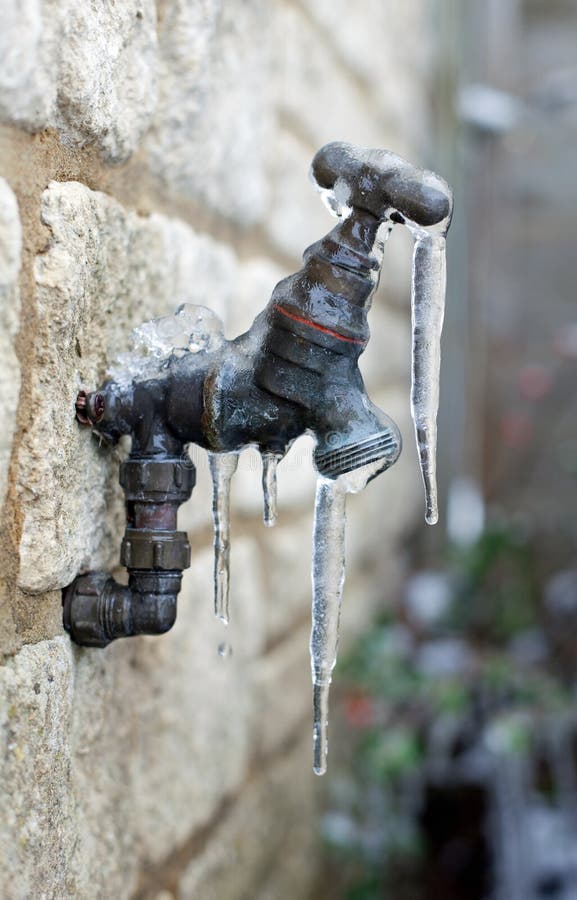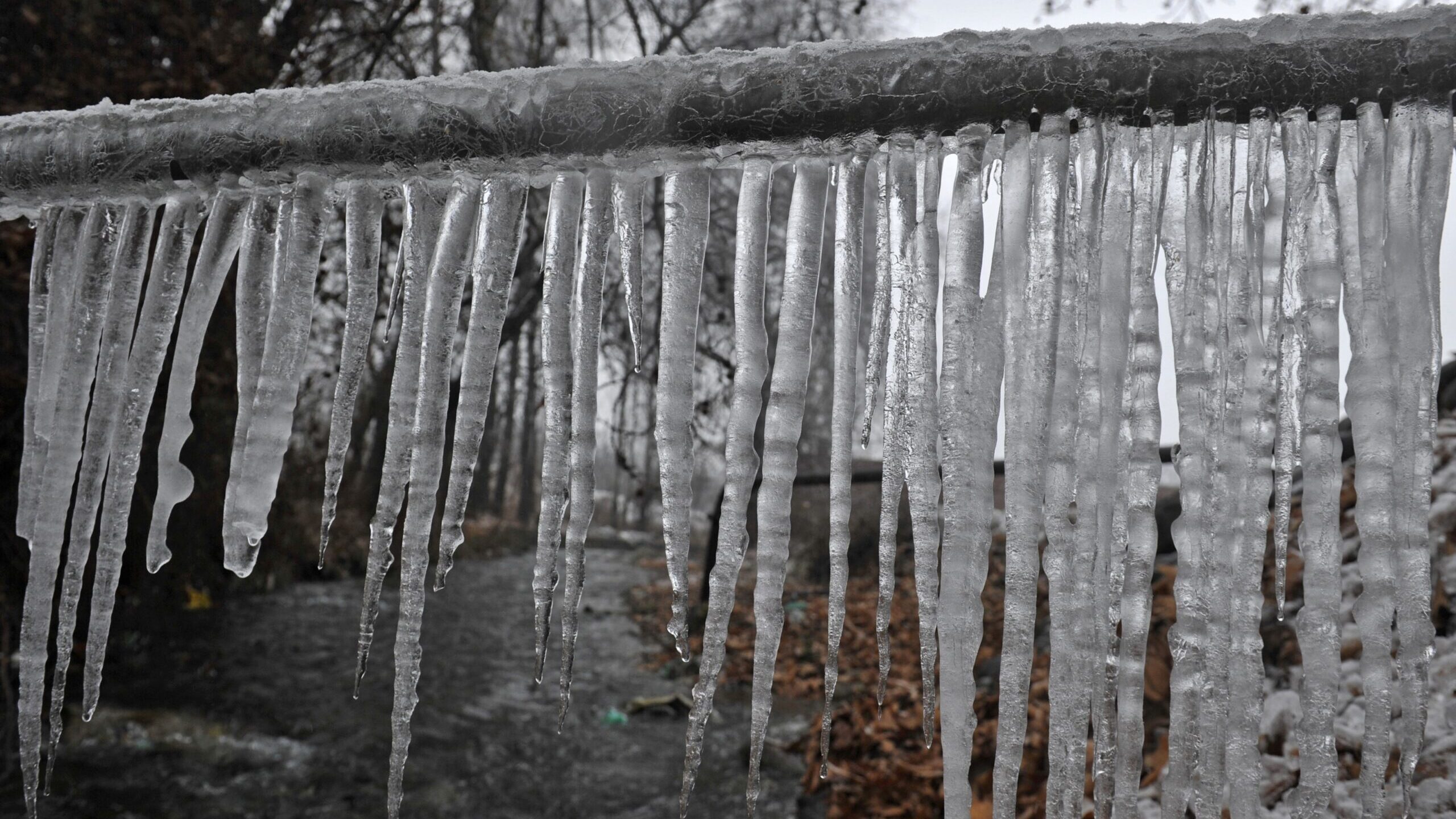We've stumbled upon this post relating to Winter Plumbing Precautions: Preventing Frozen Pipes listed below on the internet and concluded it made sense to share it with you here.

Cold weather can ruin your pipes, especially by freezing pipes. Right here's how to avoid it from occurring and what to do if it does.
Intro
As temperature levels decrease, the risk of frozen pipelines increases, potentially resulting in pricey repair services and water damage. Recognizing how to stop icy pipelines is essential for house owners in cold environments.
Comprehending Icy Pipes
What creates pipes to ice up?
Pipes ice up when exposed to temperature levels listed below 32 ° F (0 ° C) for prolonged durations. As water inside the pipes freezes, it increases, putting pressure on the pipe wall surfaces and possibly causing them to rupture.
Threats and damages
Frozen pipes can bring about supply of water interruptions, residential or commercial property damage, and costly fixings. Ruptured pipelines can flooding homes and cause extensive structural damage.
Indications of Frozen Water Lines
Determining frozen pipes early can prevent them from rupturing.
How to determine icy pipelines
Seek lowered water flow from faucets, uncommon odors or sounds from pipelines, and noticeable frost on subjected pipelines.
Avoidance Tips
Insulating susceptible pipes
Wrap pipes in insulation sleeves or use heat tape to shield them from freezing temperatures. Concentrate on pipelines in unheated or exterior locations of the home.
Home heating strategies
Maintain interior spaces properly warmed, particularly areas with pipes. Open cupboard doors to allow cozy air to distribute around pipelines under sinks.
Safeguarding Exterior Pipes
Yard hose pipes and exterior faucets
Disconnect and drain garden hose pipes before winter. Install frost-proof spigots or cover outdoor taps with protected caps.
What to Do If Your Pipes Freeze
Immediate activities to take
If you think frozen pipes, maintain faucets open to ease pressure as the ice thaws. Utilize a hairdryer or towels taken in hot water to thaw pipelines gradually.
Long-Term Solutions
Structural changes
Consider rerouting pipes away from outside wall surfaces or unheated locations. Add added insulation to attics, cellars, and crawl spaces.
Upgrading insulation
Invest in high-grade insulation for pipes, attic rooms, and walls. Appropriate insulation aids maintain regular temperature levels and minimizes the threat of icy pipelines.
Final thought
Stopping frozen pipes calls for proactive procedures and fast actions. By understanding the causes, indications, and safety nets, homeowners can secure their pipes throughout winter.
5 Ways to Prevent Frozen Pipes
Drain Outdoor Faucets and Disconnect Hoses
First, close the shut-off valve that controls the flow of water in the pipe to your outdoor faucet. Then, head outside to disconnect and drain your hose and open the outdoor faucet to allow the water to completely drain out of the line. Turn off the faucet when done. Finally, head back to the shut-off valve and drain the remaining water inside the pipe into a bucket or container. Additionally, if you have a home irrigation system, you should consider hiring an expert to clear the system of water each year.
Insulate Pipes
One of the best and most cost-effective methods for preventing frozen water pipes is to wrap your pipes with insulation. This is especially important for areas in your home that aren’t exposed to heat, such as an attic. We suggest using foam sleeves, which can typically be found at your local hardware store.
Keep Heat Running at 65
Your pipes are located inside your walls, and the temperature there is much colder than the rest of the house. To prevent your pipes from freezing, The Insurance Information Institute suggests that you keep your home heated to at least 65 degrees, even when traveling. You may want to invest in smart devices that can keep an eye on the temperature in your home while you’re away.
Leave Water Dripping
Moving water — even a small trickle — can prevent ice from forming inside your pipes. When freezing temps are imminent, start a drip of water from all faucets that serve exposed pipes. Leaving a few faucets running will also help relieve pressure inside the pipes and help prevent a rupture if the water inside freezes.
Open Cupboard Doors
Warm your kitchen and bathroom pipes by opening cupboards and vanities. You should also leave your interior doors ajar to help warm air circulate evenly throughout your home.

I am very curious about 6 Ways to Prevent Frozen Pipes and I really hope you liked my article. So long as you enjoyed reading our article if you please don't forget to share it. Thank you so much for taking the time to read it.
Schedule Service Now